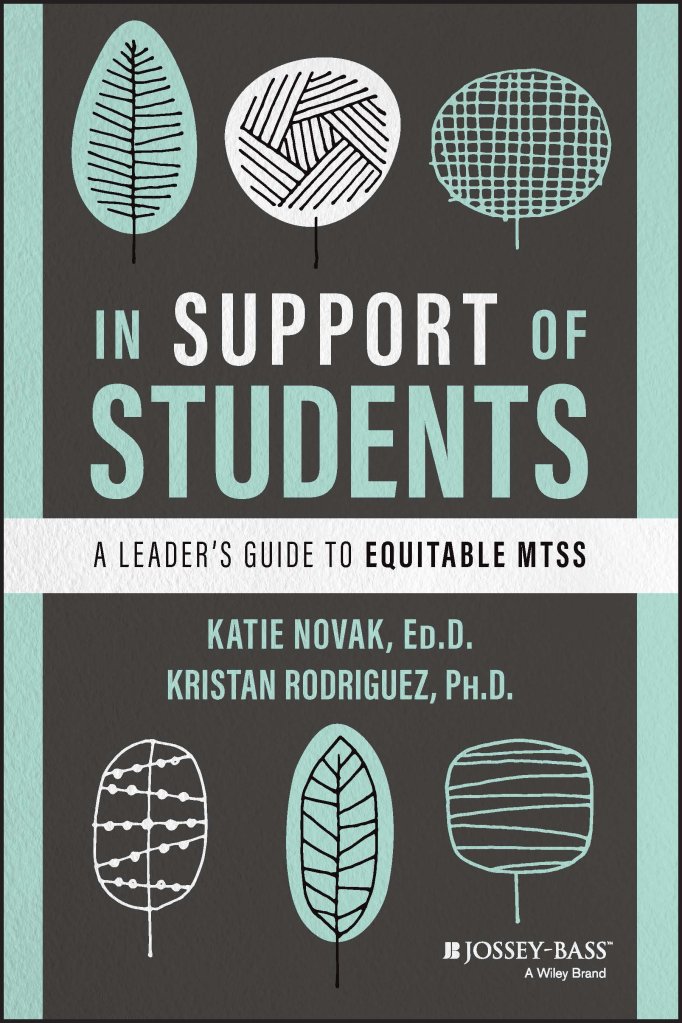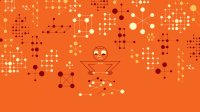How UDL Creates an Equitable Environment for Students
Providing multiple means of engagement, representation, and expression creates opportunities for all students to learn.
Your content has been saved!
Go to My Saved Content.Universal Design for Learning is a powerful framework to operationalize the right to education, supporting educators in maximizing desirable challenges and minimizing unnecessary difficulties (International Disability Alliance, 2021). UDL is a framework for designing learning experiences, so students have options for how they learn, what materials they use, and how they demonstrate their learning. When implemented with a lens of equity in a multi-tiered system, the framework has the potential to eliminate opportunity gaps that exclude many learners, especially those who have been historically marginalized. If we want all students to have equal opportunities to learn, we have to be incredibly purposeful, proactive, and flexible (Novak, 2021). UDL creates a learning environment that is the least restrictive and most culturally responsive and trauma-informed for all students.

Pause and Reflect: What is your familiarity with the Universal Design for Learning (UDL) framework? Differentiated instruction? Consider what you know about the frameworks already, and what questions you have. You can return to these questions at the end of the chapter to determine if your understanding of the frameworks has evolved.
The term “Universal Design” was coined by architect Ronald Mace in 1988 who defined it as the “design of products and environments to be usable by all people, to the greatest extent possible, without the need for adaptation or specialized design” (Center for Universal Design, 1997). Buildings where all people could not enter were deemed “architecturally disabling.”
In Mace’s (1998) last public speech, he shared more about his philosophy on UD. He said: “Universal design broadly defines the user. It’s a consumer market driven issue. Its focus is not specifically on people with disabilities, but all people. It actually assumes the idea, that everybody has a disability and I feel strongly that that’s the case.We all become disabled as we age and lose ability, whether we want to admit it or not. It is negative in our society to say ‘I am disabled‘ or ‘I am old.‘ We tend to discount people who are less than what we popularly consider to be ‘normal.‘ To be ‘normal‘ is to be perfect, capable, competent, and independent. Unfortunately, designers in our society also mistakenly assume that everyone fits this definition of ‘normal.‘ This just is not the case.”
UDL is based on research in cognitive neuroscience that guides the development of flexible learning environments that can accommodate learner variability. UDL is defined by Higher Education Opportunity Act (PL 110-135) as “a scientifically valid framework for guiding educational practice that (a) provides flexibility in the ways information is presented, in the ways students respond or demonstrate knowledge and skills, and in the ways students are engaged; and (b) reduces barriers in instruction, provides appropriate accommodations, supports, and challenges, and maintains high achievement expectations for all students, including students with disabilities.” Given that inclusion of students with disabilities in general education settings is contingent on teachers’ ability to use inclusive instructional strategies, wide-scale commitment to UDL will be critical in creating multitiered systems (Scott, 2018).
Before effectively implementing inclusive practice, we must embrace the concept of variability. As stated in UDL Theory and Practice, a book by two of the founders of UDL, “From one perspective, human brains are remarkably similar. But to neuroscientists, this similarity is an illusion” (Meyer, Rose, and Gordon, 2014, p. 29). All learners learn in ways that are unique to them. This is referred to as variability.
We want to caution that embracing student variability is not the same as designing instruction based on learning styles. An article in the Atlantic, “The Myth of Learning Styles,” shares the pervasiveness of the learning styles myth (Khazan, 2018). More than 90% of educators in various countries believe in their presence and use them to design instruction. But spoiler alert—there is no such thing. This is not to say that we do not have a unique mix of strengths and weaknesses, cognitive variability, multiple intelligences, or preferred learning approaches. But our brains are not wired for a single “style” of learning.
If someone says,“I am a visual learner,” or “I need to hear it, to learn it,” this idea stemmed from the theory of learning styles. There is just one problem: the theory is not grounded in science. Multiple studies have proven that learning “styles” are no more than learning “preferences” and that a preference doesn’t lead to better learning outcomes (Nancekivell, Shah, and Gelman, 2019).
If we cater to a student’s “learning style” by giving the “visual learner” more visual information and more aural information to the “auditory learner” or more movement to the “kinetic learner,” we will shortchange their learning process. This does not mean we can’t embrace multiple forms of intelligence and provide numerous scaffolds and supports. We should provide visual, auditory, linguistic, conceptual, and sociocultural scaffolds, but not because of learning styles—because of variability.
Pause and Reflect: Did you ascribe to the theory of learning styles? If so, notice the cognitive dissonance you may be experiencing as you “unfreeze.”
In UDL Now! A Teacher’s Guide to Applying Universal Design for Learning, third edition (Novak, 2022), variability is unpacked in terms of interpersonal variability and intrapersonal variability. Certainly, as educators, we know that our learners are very different from each other. This is interpersonal variability. There are still models where “struggling readers” are placed in a different classroom than “advanced readers” because the student needs are different, but this doesn’t embrace intrapersonal variability. For example, we may be in an “advanced” reader group. It is likely that our group will not receive options to listen to the audio version of the text or access sentence stems because we “do not need them.” But what about days when we are exhausted and having a terrible day, or when we forget to wear our glasses, or when the most responsible thing we could do for our mental health is to take a more accessible pathway to find balance? Instructional groups, when they are used for placement, do not embrace intrapersonal variability. Our needs are always changing.
The lack of appreciation of learner variability, especially intrapersonal variability, causes many learning environments to be restrictive and disabling to students. According to Liz Hartmann, an adjunct lecturer on education at Harvard University and an expert in UDL (2015), “When teachers embrace the conceptual shift of the UDL framework and learner variability, they understand that severe disabilities are part of the natural diversity that is to be expected and embraced in classrooms” (p. 58). When this shift occurs, educators are much more likely to provide the options and choices necessary for students with disabilities to thrive in inclusive classrooms.
Once educators embrace variability, inclusion, and the promise of UDL, they adhere to three principles when planning learning experiences: provide multiple means of engagement, multiple means of representation, and multiple means of action and expression. Considering these principles removes the barriers that make curriculum and instruction “disabling” to learners, especially students with disabilities (Meyer, Rose, and Gordon, 2014):
- Provide multiple means of engagement. Student engagement is equal parts attention and commitment. For students to pay attention, they need learning opportunities that are relevant, authentic, and meaningful. Since students are different from one another, and because they are dynamic and their needs evolve based on context, no one lesson will be authentic to everyone. To be committed to authentic learning, students need to learn how to maintain effort and persistence, cope when learning experiences are challenging, and self-reflect to help guide their learning. In a universally designed classroom, these skills are explicitly taught by providing students with opportunities to practice these skills in meaningful ways as they work toward their goals.
- Provide multiple means of representation. When teachers present information, they often use a single representation and provide the same lesson to all students. This is often done in a lecture, by playing a video, conducting a lab, or presenting or demonstrating information, teaching vocabulary, and so on. Because there is significant variability in students, they differ in the information they need to gather before applying it in an authentic assessment. By providing multiple opportunities and options for students to learn information, students are empowered to personalize how they build knowledge and skills.
- Provide multiple means of action and expression. Once students are interested in authentic learning outcomes and have learned the information by selecting the options that best meet their needs, they need to express their understanding in an authentic assessment.
When students participate in discussions and complete assessments, they are taking action and expressing their learning. If we want all students to have equal opportunities to communicate their learning, we need to design flexible pathways. To do this, it is critical to unpack our standards and ask, “How can we design opportunities where all students can share their progress toward the standards?”
The three principles of UDL support educators in creating multiple pathways for students to learn and express what they know while empowering students to make choices about their learning. Although this framework does allow students with disabilities to thrive in their classrooms, it also increases the engagement and achievement of all students (Scott, 2018). Understanding the three principles is the foundation for building learning experiences that work for all students and make effective inclusion possible. The three principles of UDL support educators in providing options and choices so students have pathways for how they engage with learning, learn, and share what they know.
Excerpted with permission from the publisher, Wiley, from In Support of Students: A Leader’s Guide to Equitable MTSS by Katie Novak, Ed.D. and Kristan Rodriguez, Ph.D. Copyright © 2023 by John Wiley & Sons, Inc. All rights reserved. This book is available wherever books and eBooks are sold.
